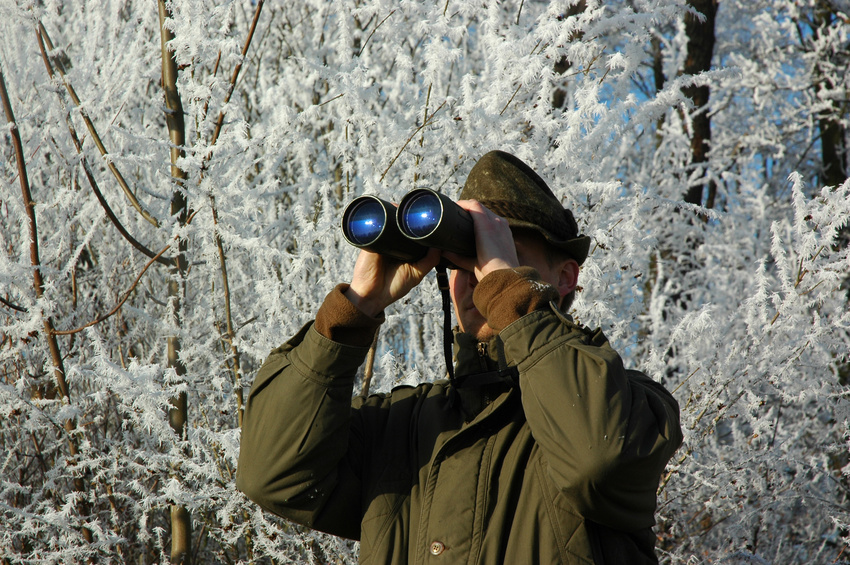I see you still have your gasket ER hack installed on the Meoptas! Perhaps the police wanted to check what was going on there
Interesting comparison. It's clearly a lot lighter and quite a bit smaller. Nice to know that the focuser is excellent.
Very low CA is my favourite thing about the Meostar - I haven't seen anything better at 12x and for my use cases this trumps everything else such as flat/wide field - neither of which does it possess. It also handles potential glare situations very well and is easy to use for long periods.
I wouldn't call the SF 'warm', I would call it 'greenish', or at least I would the three I looked through a few years ago (one grey armour, two black armour). The Meostar however I would call 'warm' - a kind of mild amber tint.
Exactly my take on the Meopta, it feels like a Unicorn in some regards.
Also, the warmth of the SF was the rep saying (my interpretation and not 100% verbatim) that Zeiss purposely matched the color balance to resemble the fiercest competition (S) and that the rep then went on saying the result was an overemphasis on green.
He said "warmth" and not me.
I often refer to the Meopta as "neutral-ish" but I agree, it is a slight amber tint. Which I like, or at least I don't mind. It was evident today in comparison to the SFL 50 line up which I feel are more neutral/cleaner. Again, mentioned by the Zeiss rep as color neutral by coating design, to my eyes it works very well.
The SFL I have feels as neutral as I have seen. The Meopta is not so far off I flinch going between them. Since there is much greenery around here the difference is pretty well masked off I guess. Looking through my older FL8x32 in the same environment was something that could not be unseen - it was definitely an overemphasis on green. And it was not pretty in that environment. Still loved that little pocket rocket though.










